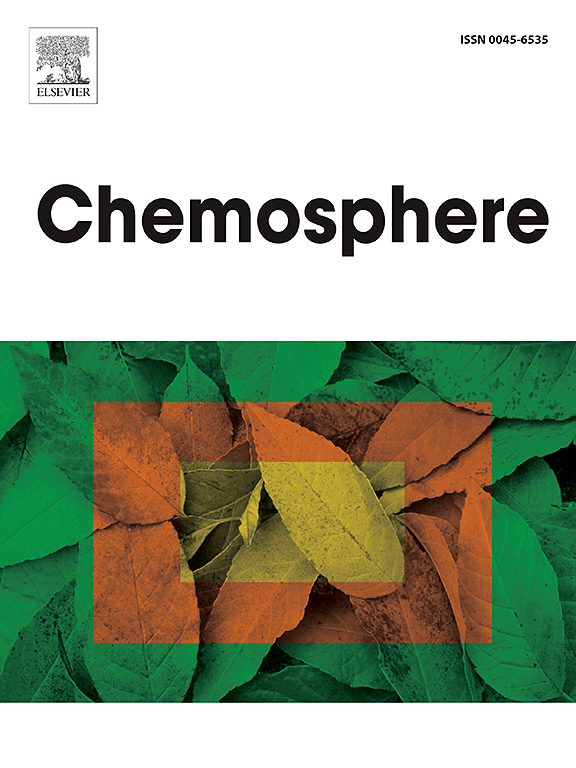农药的神经毒性:对帕金森病的影响
IF 8.1
2区 环境科学与生态学
Q1 ENVIRONMENTAL SCIENCES
引用次数: 0
摘要
帕金森病(PD)是世界范围内增长最快的神经退行性疾病,目前尚无有效的治疗方法。神经病理学上,PD以黑质多巴胺能神经元的选择性变性和存活神经元内富含α -突触核蛋白(aSyn)的蛋白包涵体的积累为特征。作为一种多因素疾病,大约85%的PD病例是散发性的,病因不明。在许多与帕金森病有关的危险因素中,暴露于神经毒性农药是一个重要的因素。虽然许多药物的作用尚未确定,但已经证明鱼藤酮、百草枯、马草烯和狄氏剂影响关键的细胞通路,包括线粒体和蛋白酶体功能障碍、aSyn聚集、自噬失调和多巴胺代谢破坏。随着农药使用量的不断增加,以满足不断增长的人口的需求,环境污染和随后的PD发展的风险也在增加。本文探讨了农药暴露影响帕金森病发病的分子机制,揭示了农药暴露在帕金森病发病机制中的作用,并强调了预防措施和监管监督的必要性。本文章由计算机程序翻译,如有差异,请以英文原文为准。

The neurotoxicity of pesticides: Implications for Parkinson's disease
Parkinson's disease (PD) is the fastest-growing neurodegenerative disorder worldwide, and no effective cure is currently available. Neuropathologically, PD is characterized by the selective degeneration of dopaminergic neurons in the substantia nigra and by the accumulation of alpha-synuclein (aSyn)-rich proteinaceous inclusions within surviving neurons. As a multifactorial disorder, approximately 85 % of PD cases are sporadic with unknown etiology. Among the many risk factors implicated in PD, exposure to neurotoxic pesticides stands out as a significant contributor. While the effects of many are still uncharacterized, it has already been shown that rotenone, paraquat, maneb, and dieldrin affect critical cellular pathways, including mitochondrial and proteasomal dysfunction, aSyn aggregation, autophagy dysregulation, and disruption of dopamine metabolism. With the constant rise in pesticide usage to meet the demands of a growing human population, the risk of environmental contamination and subsequent PD development is also increasing. This review explores the molecular mechanisms by which pesticide exposure influences PD development, shedding light on their role in the pathogenesis of PD and highlighting the need for preventative measures and regulatory oversight to mitigate these risks.
求助全文
通过发布文献求助,成功后即可免费获取论文全文。
去求助
来源期刊

Chemosphere
环境科学-环境科学
CiteScore
15.80
自引率
8.00%
发文量
4975
审稿时长
3.4 months
期刊介绍:
Chemosphere, being an international multidisciplinary journal, is dedicated to publishing original communications and review articles on chemicals in the environment. The scope covers a wide range of topics, including the identification, quantification, behavior, fate, toxicology, treatment, and remediation of chemicals in the bio-, hydro-, litho-, and atmosphere, ensuring the broad dissemination of research in this field.
 求助内容:
求助内容: 应助结果提醒方式:
应助结果提醒方式:


